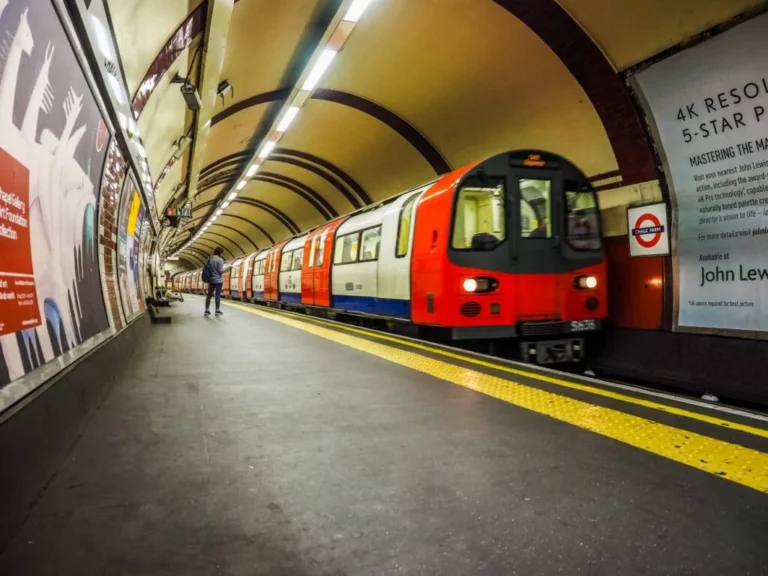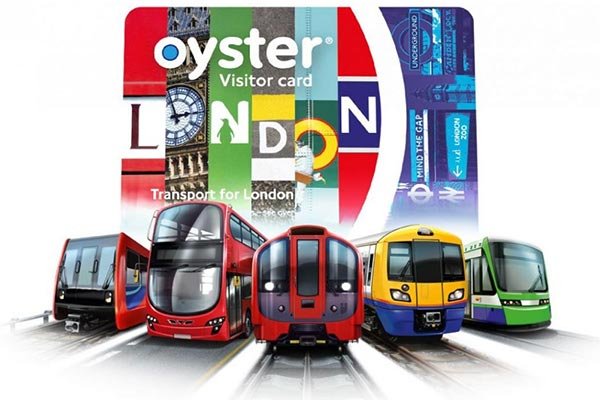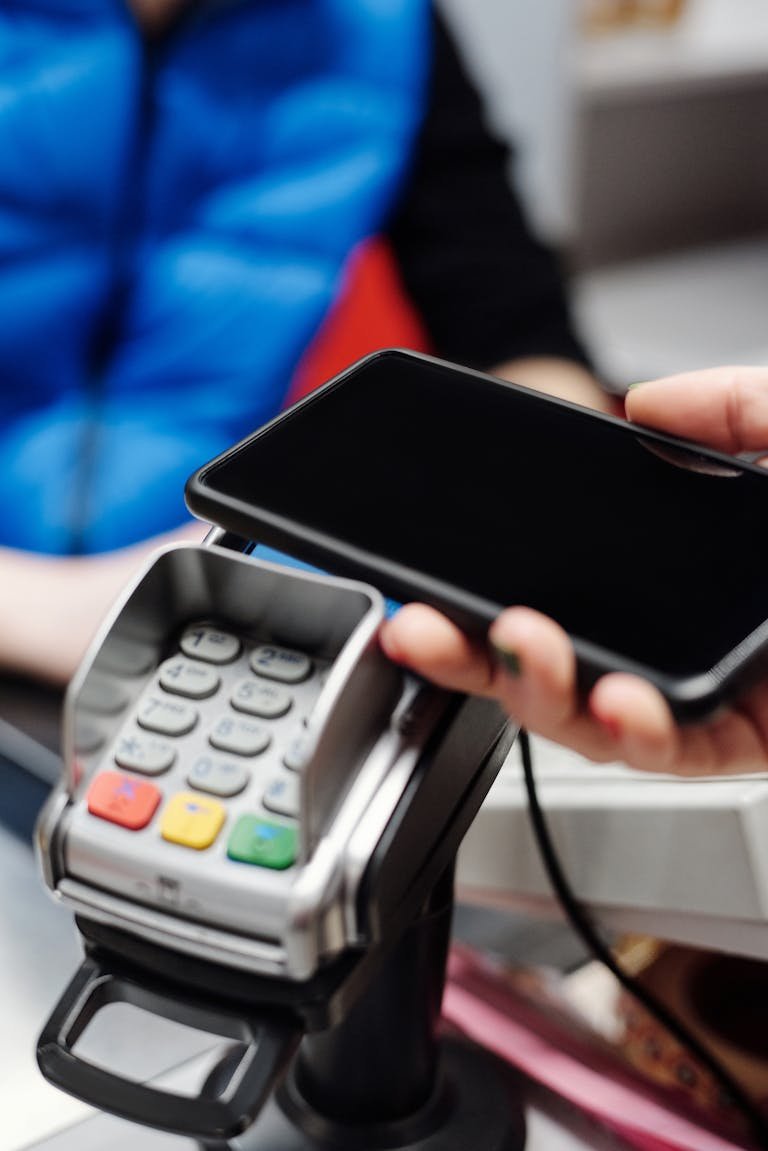Navigating the London Underground with a pet can be a daunting experience for both new and seasoned pet owners. Many travelers wonder, “Are dogs allowed on the London Underground?” or “Can you take dogs on the Tube?” The good news is that Transport for London (TfL) generally permits pets on the Tube, but there are important rules, restrictions, and best practices to ensure a smooth journey for you, your pet, and fellow passengers.
We covers everything you need to know about traveling with pets on the London Underground, including:
- Official rules and regulations
- Best practices for stress-free travel
- Step-by-step preparation tips
- Alternative transport options
- FAQs and expert advice
Whether you’re a daily commuter with a small dog or a tourist exploring London with your pet, this guide will help you navigate the Tube safely and comfortably.
Are Dogs Allowed on the London Underground? A Complete Guide
For pet owners in London, navigating public transport with a furry companion can raise questions—especially when it comes to the Tube. One of the most frequently asked questions is: “Are dogs allowed on the London Underground?” The good news is that yes, dogs are permitted, but there are important rules and recommendations to ensure a smooth journey for both pets and passengers.

Official Transport for London (TfL) Pet Policy
Transport for London, which oversees the Underground, has clear guidelines regarding pets on the Tube. Here’s what you need to know:
- ✅ Dogs – Allowed at no extra cost, provided they are kept on a leash or carried (for smaller dogs). This helps prevent them from wandering or causing obstructions.
- ✅ Cats & Small Pets – Must be transported in a secure, enclosed carrier to ensure their safety and minimize stress.
- ✅ Assistance Dogs – Always permitted without any restrictions, as they are essential for passengers with disabilities.
- 🚫 Restrictions – If a pet is disruptive, aggressive, or poses a risk, staff may refuse entry. This is to ensure the comfort and safety of all passengers.
Peak Hours: Should You Bring Your Pet?
While pets are technically allowed at any time, TfL strongly advises avoiding rush hours—specifically:
- Morning peak: 7:30 AM – 9:30 AM
- Evening peak: 4:30 PM – 6:30 PM
During these times, trains and stations are extremely crowded, which can be overwhelming and stressful for animals. Additionally, limited space may make it harder to keep your pet safely controlled. If possible, plan your travel during off-peak hours for a calmer experience.
Breed & Size Considerations
Unlike some transport systems, the London Underground does not enforce breed restrictions. However, owners of larger dogs should ensure their pets are:
- Well-trained and obedient
- Kept on a short lead to avoid blocking aisles or doors
- Calm around crowds and noise
If a dog displays aggressive behavior (growling, barking excessively, or lunging), staff may refuse entry to prevent potential incidents.
Final Tips for a Stress-Free Journey
- Carry essentials – Bring water, waste bags, and a small towel (in case of wet paws).
- Check your route – Some stations have escalators or stairs, which may be difficult for larger dogs.
- Stay aware – Watch for sudden noises or movements that might startle your pet.
By following these guidelines, you and your furry friend can enjoy a hassle-free trip on the London Underground!
Rules for Taking Pets on the Tube
Before heading to the station with your pet, it’s important to follow these key rules to ensure a safe and smooth journey for everyone:
1. Leash or Carrier Required
- Dogs must be kept on a short lead at all times, unless they are registered assistance dogs (which are exempt from this rule).
- Small pets (such as cats, rabbits, birds, or rodents) must be transported in a secure, escape-proof carrier to prevent them from getting loose in the station or train.
2. Escalator Safety
- Never allow dogs to walk on escalators—their paws can get caught in the moving grooves, leading to serious injuries.
- Instead, use elevators (lifts) whenever possible.
- If no lift is available and your dog is small enough, carry them while using the escalator.
3. Cleanliness & Behavior
- Clean up any accidents immediately—always carry waste bags and dispose of them properly.
- Pets should remain calm and quiet—excessive barking, growling, or aggressive behavior may result in you being asked to leave the train.
- If your pet seems anxious, consider traveling during quieter times or using calming techniques (such as a familiar blanket or treats).
4. Avoid Blocking Doors & Seating
- Keep your pet close to you at all times to prevent them from becoming a tripping hazard for other passengers.
- Do not place pet carriers on seats—priority seating is reserved for humans, especially elderly, disabled, or pregnant passengers.
- Stand with your pet near the side or corner of the carriage to avoid obstructing pathways.
By following these guidelines, you can help ensure a safe, comfortable, and stress-free Tube journey for both your pet and fellow passengers. Always check TfL’s latest updates before traveling, as policies may occasionally change.

Best Practices for a Stress-Free Journey
1. Prepare Your Pet for the Tube
- Short practice trips – Help your pet adjust to noise and crowds.
- Positive reinforcement – Reward calm behavior with treats.
- Carrier training – If using a carrier, let your pet get comfortable with it beforehand.
2. Choose the Right Time to Travel
- Best times: Mid-morning, early afternoon, or late evening.
- Worst times: Rush hour (7:30–9:30 AM & 4:30–6:30 PM).
3. Pack Essential Pet Supplies
Before traveling on the Tube with your pet, make sure you bring these necessary items to keep them safe, comfortable, and well-behaved:
✔ Collapsible water bowl & bottled water – Prevents dehydration, especially on longer journeys or hot days.
✔ Waste bags & cleaning wipes – For quick cleanup of any accidents and maintaining hygiene.
✔ Treats & a favorite toy – Helps reduce stress and keeps your pet distracted in an unfamiliar environment.
✔ Harness/leash or secure carrier – Ensures your pet stays safely restrained at all times.
Packing these essentials will help you handle unexpected situations and make the journey more pleasant for both you and your pet.
4. Select Pet-Friendly Stations
Some stations are easier for pet travel due to:
- Step-free access (e.g., King’s Cross, Canary Wharf).
- Less crowded interchanges (avoid Oxford Circus at peak times).
5. Keep Your Pet Calm During the Ride
- Cover carriers with a light cloth to reduce stress.
- Avoid feeding right before travel to prevent motion sickness.
- Use calming aids (natural sprays, anxiety wraps).
Alternative Transport Options in London
If the Tube seems too overwhelming, consider these pet-friendly alternatives:
1. London Buses
- Allowed: Dogs (leashed or carried), small pets in carriers.
- No extra charge, but avoid busy routes.
2. Black Cabs & Ride Shares
- Black cabs – Pet-friendly (check with driver first).
- Uber Pet – Special pet-friendly ride option.
3. Overground Trains & Trams
- Similar rules to the Underground (leashed dogs allowed).
- Less crowded than the Tube in some areas.
4. Walking & Pet-Friendly Routes
- Many London parks (Hyde Park, Regent’s Park) are near Tube stations.
- Plan breaks if traveling long distances.
FAQs About Pets on the London Underground
1. Are dogs allowed on the Underground at all times?
✅ Yes, but avoid peak hours for safety and comfort.
2. Can I take my dog on the Tube without a leash?
🚫 No, unless it’s an assistance dog.
3. Are there breed restrictions for dogs?
❌ No, but aggressive behavior may lead to refusal.
4. Do I have to pay for my pet on the Tube?
💰 No, pets travel for free.
5. What if my pet gets anxious?
- Try calming sprays or anxiety wraps.
- Consult a vet for travel advice.
Final Tips for a Smooth Journey
✔ Check TfL updates – Before heading out, verify if there are any temporary station restrictions or service changes that might affect your journey with a pet.
✔ Have a backup plan – In case of unexpected issues (like crowded trains or lift outages), know alternative pet-friendly transport options, such as buses or taxis.
✔ Stay patient – Traveling with pets often takes longer. Allow extra time for navigating stations, waiting for lifts, and keeping your pet calm during the trip.
Conclusion
Traveling with pets on the London Underground is entirely possible if you follow the rules and prepare in advance. Whether you’re asking, “Are dogs allowed on the Tube?” or need tips for a stress-free trip, this guide ensures a smooth experience for you and your furry companion.
By planning ahead, avoiding peak times, and keeping your pet comfortable, you can confidently navigate the Tube with your pet. Happy travels!






